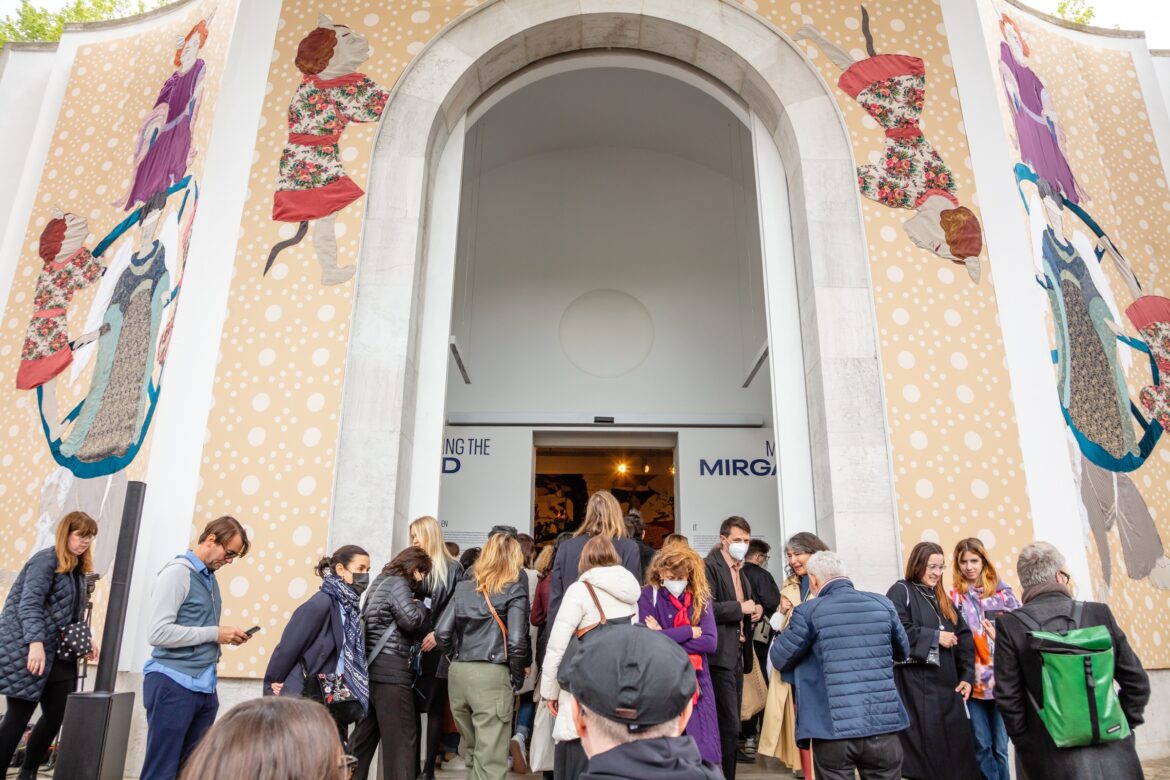Guests can already visit the Polish pavilion at the Venice Biennale 2022. Polish artists have been presenting their works as part of the Biennale since 1897, and Poland has had its own pavilion in Venice since 1932. For the first time in the over 120-year history of the Biennale, the Polish national pavilion is represented by a Roma artist – Małgorzata Mirga-Tas.
The space of the pavilion is filled with the installation “Re-enchanting the World”. It consists of twelve large-format fabrics referring to the famous series of frescoes from the Renaissance Palazzo Schifanoia. Paintings on the walls of the palace from over 500 years ago depict the images of the Olympic gods, zodiac signs and decans, as well as scenes from the life of the court in Ferrara of that epoch.
The symbolism of the palace interior, as well as its layout and form, became a visual and ideological point of reference for the artist. In the Polish Pavilion, the artist has constructed her own version of the Renaissance, palace interior. Referring to the title of this year’s Biennale (Milk of Dreams), she creates a magical world – a kind of temporary and accidental shelter, an asylum offering hope and relief.
“Exactly one hundred years after Aby Warburg shed new light on the frescoes in the Hall of Months in Palazzo Schifanoia, Małgorzata Mirga-Tas takes us on a magical journey through wandering pictures that charm the world”, wrote Deputy Prime Minister, Minister of Culture and National Heritage Prof. Piotr Gliński in a letter read during the ceremonial opening of the pavilion.
The exhibition is accompanied by a catalog edited by Wojciech Szymański and Joanna Warsza, which, apart from the texts of the curators, includes essays written by invited writers – Ali Smith and Damian Le Bas, a scholar of Ethel Brooks, as well as poems by Teresa and Jan Mirga.
Poland’s participation in the Biennale is financed by the Ministry of Culture and National Heritage, and the exhibition in the Polish Pavilion is supported by the Adam Mickiewicz Institute and the European Institute of Roma Art and Culture (ERIAC).
Arkadiusz Słomczyński





